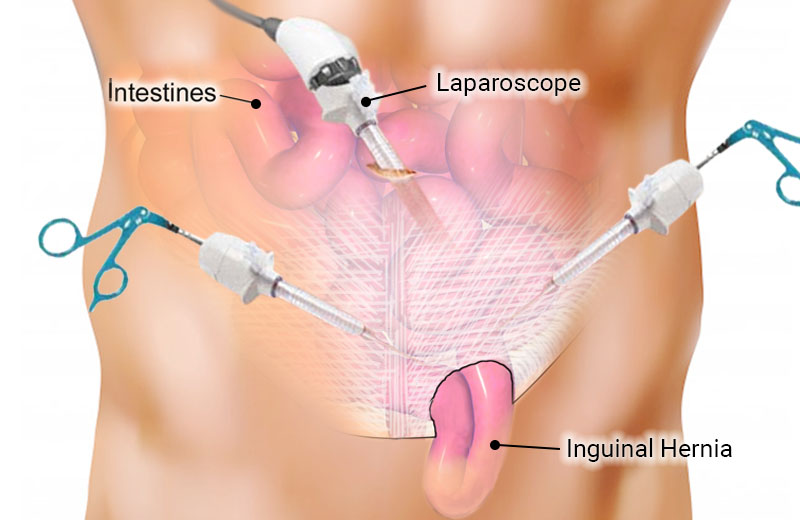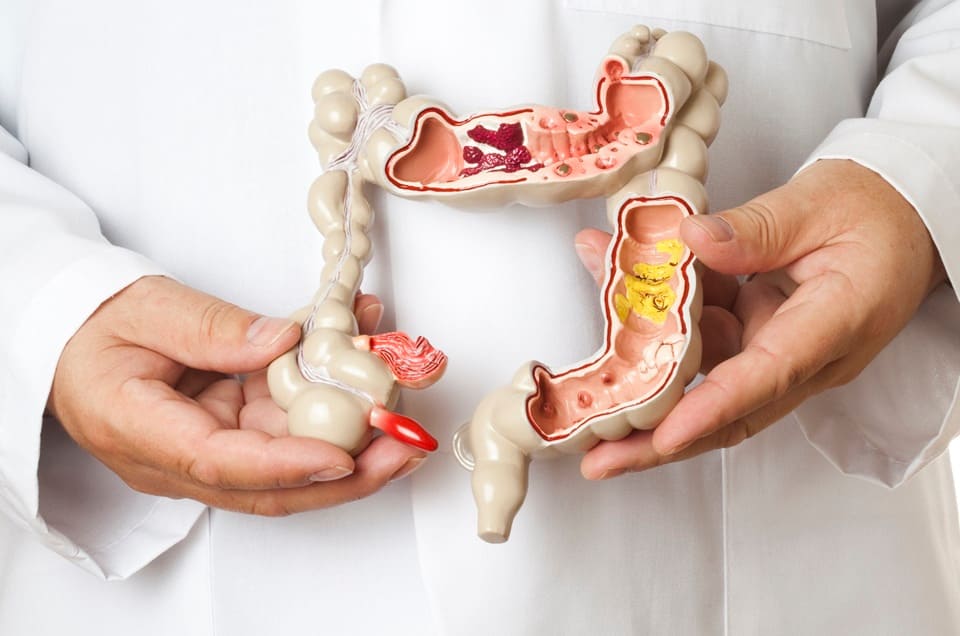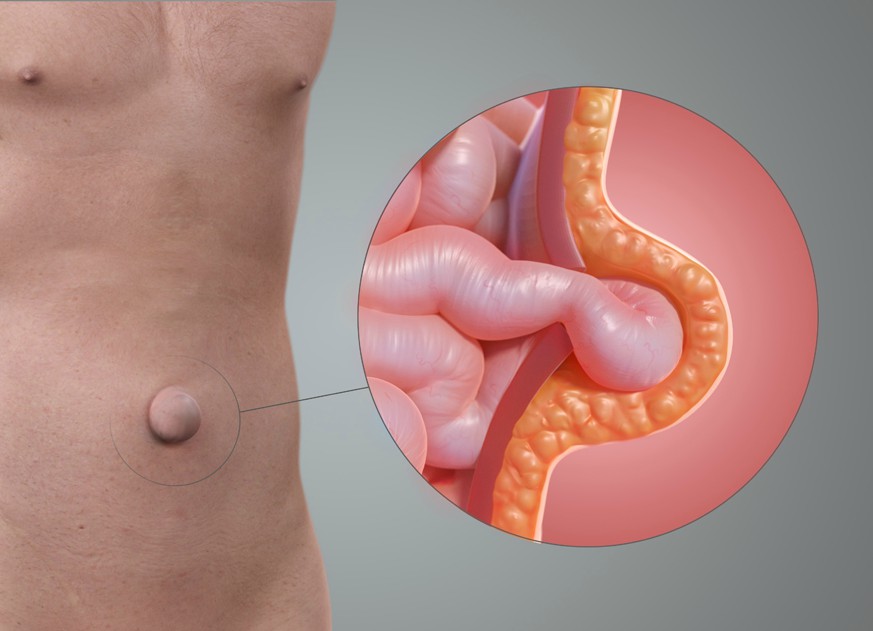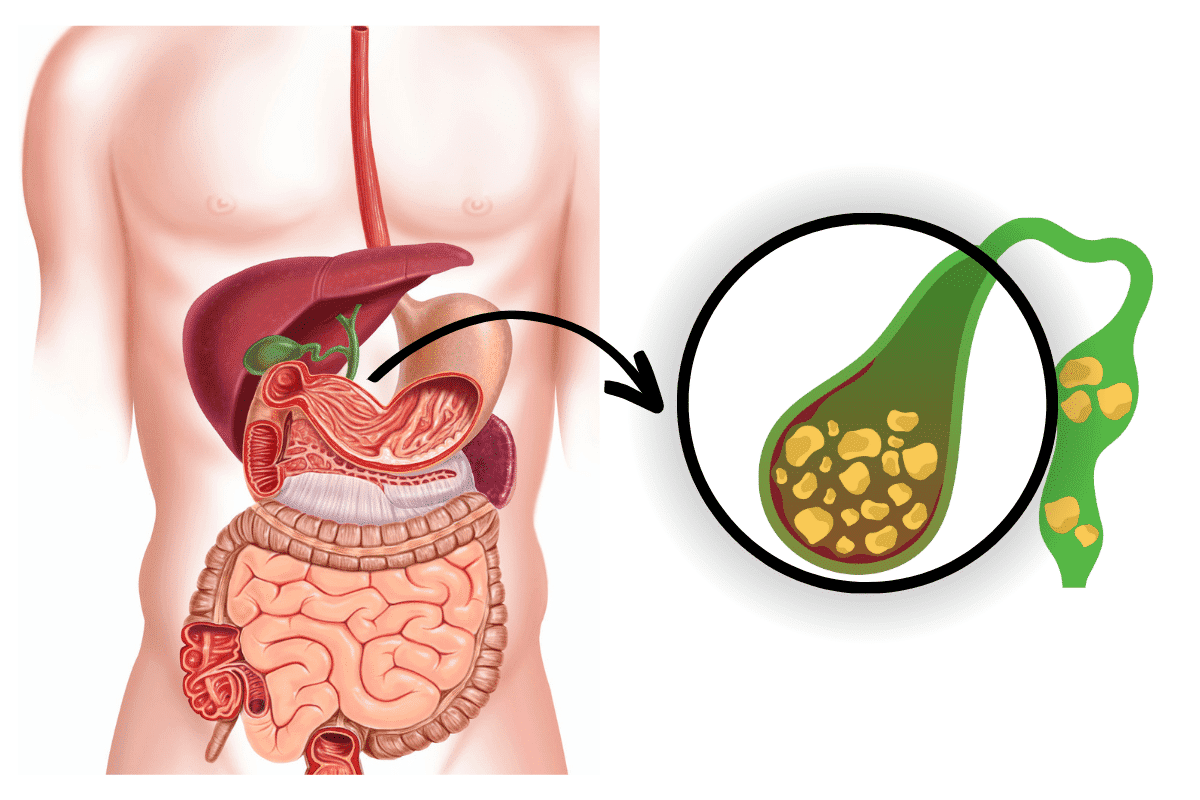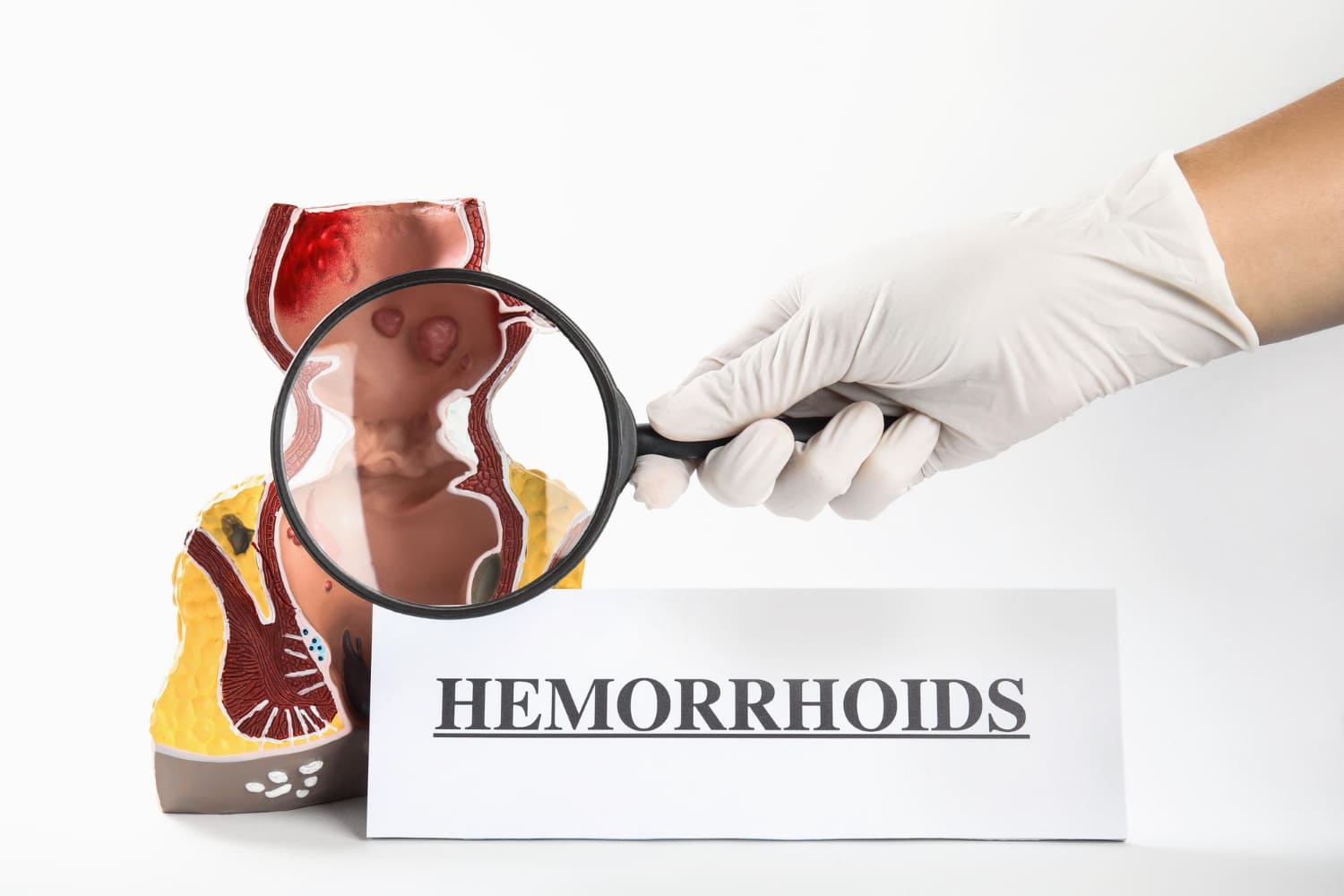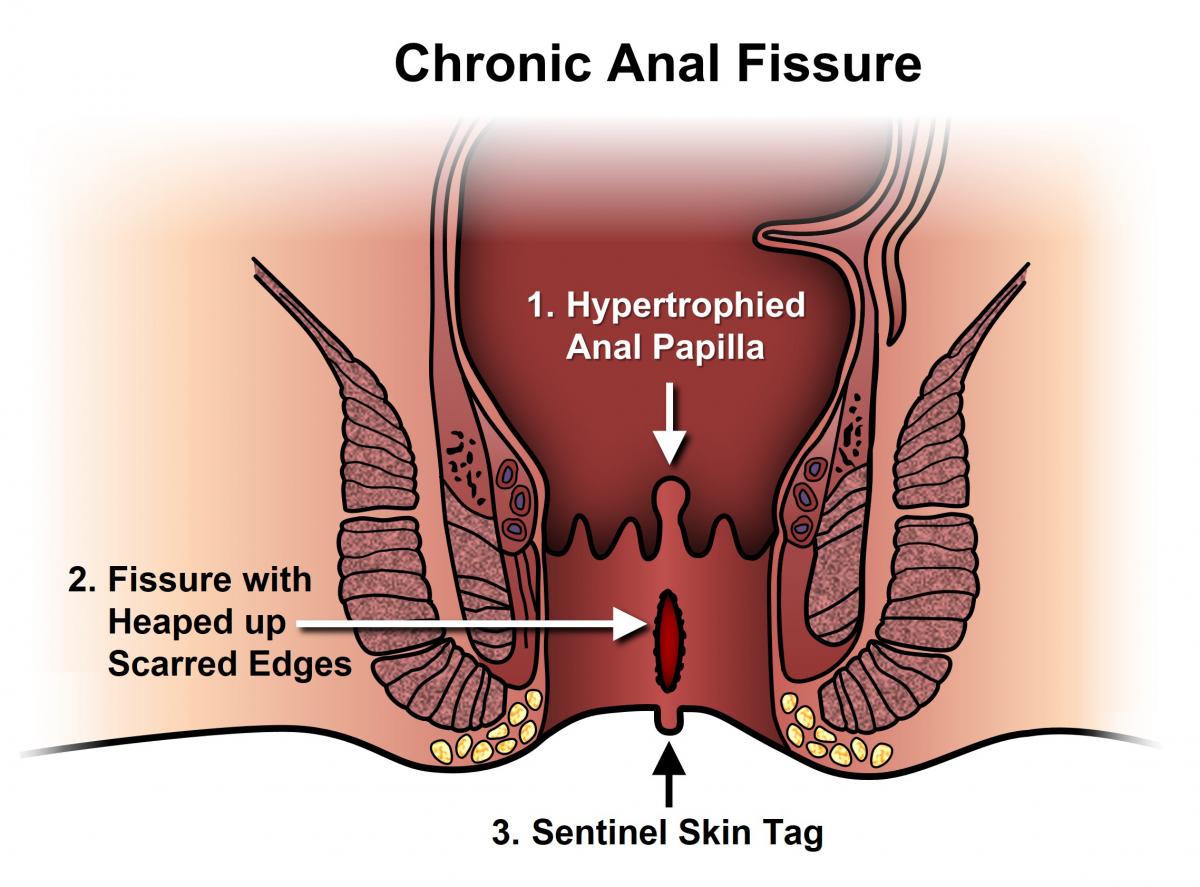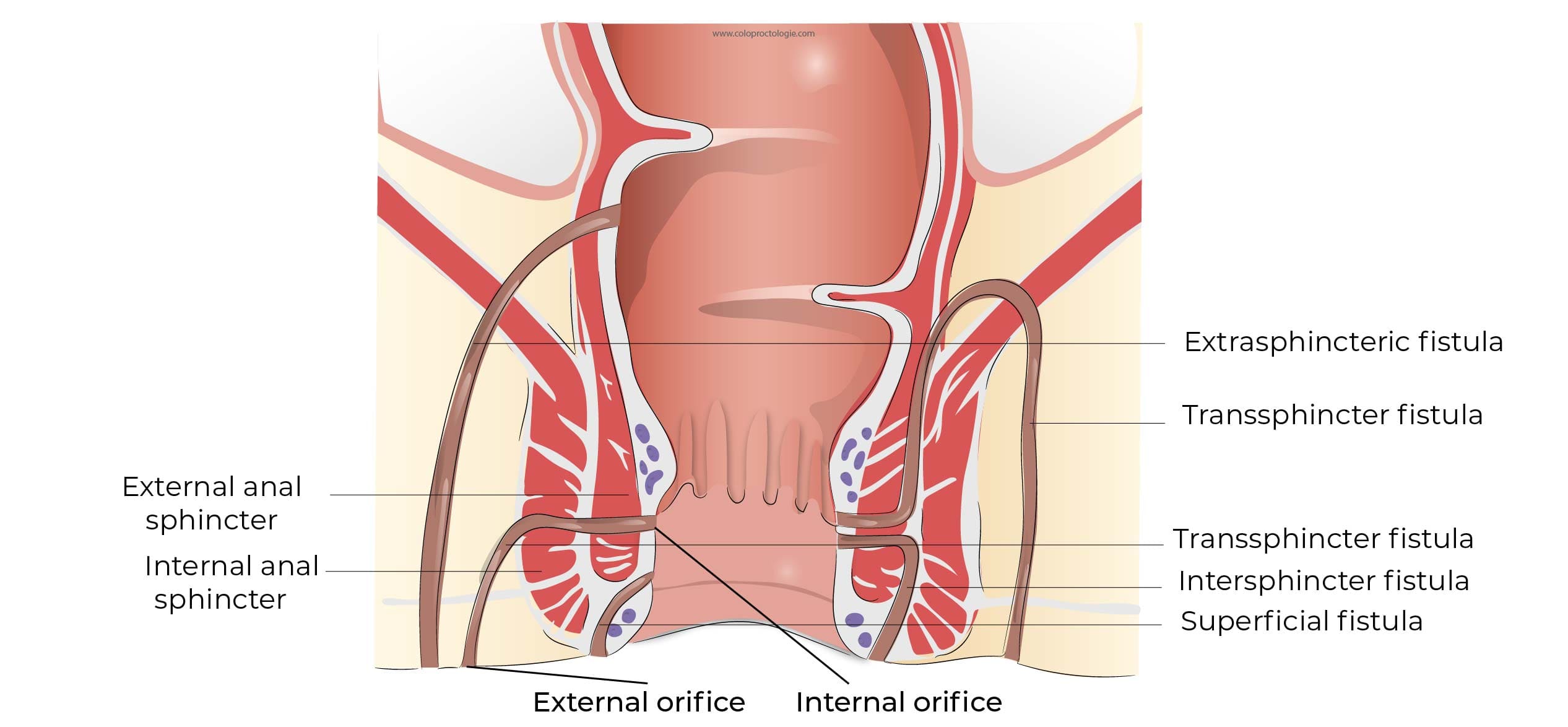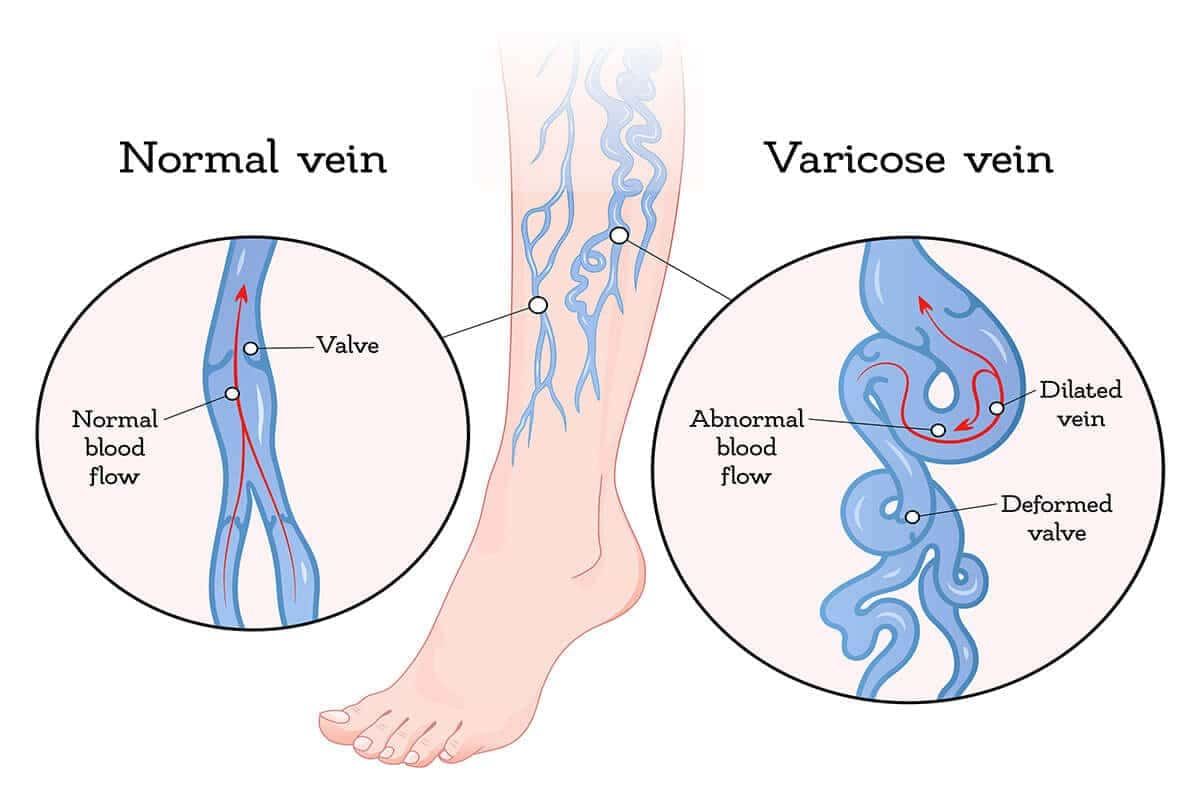
Laser Treatment For Varicose Veins
Do you have painful and bulging veins in the legs? These symptoms often indicate varicose veins, which is a common vascular condition. We leverage modern laser technology and other surgical techniques as required to effectively resolve the condition and provide long-lasting relief to the patient.
What is Varicose Veins?
Varicose veins are enlarged, twisted, or swollen superficial veins that usually appear on the legs or feet. They are located just beneath the surface of the skin and are commonly caused due to defects in the valves within the veins that allow blood to flow in the wrong direction, often appearing in blue or dark purple.
Early-stage varicose veins symptoms may arise as spider veins, pain in the legs, etc., or the condition may remain asymptomatic entirely for a long time. In most cases, varicose veins are caused due to venous insufficiency, which progresses in stages. In general, varicose veins stages include the following:
- Stage 1: Spider Veins- These are dilated capillaries that give a web-like appearance on the affected area. Spider veins form when the capillaries are compressed due to an underlying condition.
- Stage 2: Varicose Veins- These are rope-like veins that bulge out due to the pooling of blood. They are clearly visible on the outside as it affects superficial veins.
- Stage 3: Leg Edema- When excessive blood pools into the veins, it manifests as chronic leg swelling or edema, and the individual experiences restless leg syndrome and severe cramping.
- Stage 4: Skin Changes- With progression, skin discoloration will start, and thin and brown spots will appear as the blood leaks from superficial veins into skin tissues.
- Stage 5: Leg Ulcers- Without treatment, skin ulcers will start to form that will cause immense pain and itchiness and require constant care and monitoring.
Most people ignore varicose veins in their legs, believing that the condition is not dangerous and can resolve on its own. However, if left untreated, it can lead to life-threatening complications. Therefore, it is crucial to seek help from a vascular specialist as soon as possible.
Varicose Veins Diagnosis
Generally, varicose veins are diagnosed through a physical exam where the vascular surgeon examines the legs. The individual is asked to stand while the surgeon looks for signs of swelling, pooling of blood, bulging veins, and other symptoms.
The doctor may also ask to describe the pain and scenarios when the symptoms get worse. A detailed medical and family history of the patient is collected to evaluate if he/she is at high risk of developing varicose veins.
Before giving a confirmed diagnosis, the doctor may recommend a Doppler ultrasound test for varicose veins. This test involves using high-frequency sound waves to assess the anatomy and physiology of the venous system. It can determine which vein is malfunctioning and its severity. Clear images are created of the affected vein and blood flow through the vein valves. Additional imaging studies, such as computed tomography, magnetic resonance imaging, venography, etc., may be recommended if an underlying condition is identified through ultrasound.
Laser Treatment for Varicose Veins
One of the most popular treatment methods for varicose veins is laser treatment, also known as endovenous laser ablation therapy. It is a minimally invasive catheter-based procedure that utilizes laser energy to ablate or close the malfunctioning and damaged veins without affecting other healthy veins. Laser surgery for varicose veins is typically suitable for small as well as larger veins.
It takes around 30 to 60 minutes to complete, depending on the size and number of veins being treated. During the procedure, local anesthesia or sedative medications are used to numb the affected area. The affected vein is found with an ultrasound, and a small puncture or incision is made below the knee or near the ankle to insert the catheter into the targeted vein.
The laser is then activated and drawn out slowly. The heat energy emitted by the laser carefully ablates the vein and seals it shut. The blood flow is redirected to healthier veins, and gradually the appearance and symptoms of varicose veins will disappear.
Benefits of Laser Treatment for Varicose Veins
Some key benefits of laser surgery for varicose veins include the following:
- Minimally Invasive: The technique is more beneficial than traditional surgical methods as it is minimally invasive and results in minimal scarring and a shorter recovery time.
- Outpatient Procedure: Laser treatment for varicose veins is usually performed on an outpatient basis, allowing patients to return home the same day of the procedure.
- High Success Rate: Laser surgery for varicose veins has high success rates in reducing the appearance of varicose veins and alleviating associated symptoms, such as pain, swelling, and heaviness in the legs.
- Quick Recovery: Most individuals recover within a day or two after the procedure and can resume most activities within a week.
Preparation Before Laser Treatment For Varicose Veins
Prior to laser treatment for varicose veins, a consultation with a healthcare professional specializing in vein disorders is necessary. The doctor will determine the patient’s suitability for the procedure and provide some basic instructions, such as:
- Get the necessary test done so that the doctor can evaluate the progression of the condition.
- Discontinue blood thinning medications at least a week before the procedure.
- Don’t take any over-the-counter medications without consulting the doctor.
- Shower before the surgery of varicose veins using antibacterial soap.
- The patient can eat a light breakfast before the procedure.
If there is any other thing that the patient needs to take care of, he/she will be informed by the doctor’s team.
Recovery After Varicose Veins Laser Treatment
The recovery of varicose veins after laser treatment can vary depending on several factors, including the severity of the varicose veins, the extent of the treatment, and individual healing capabilities. In general, the recovery period is relatively short, around 1-2 weeks, compared to traditional surgical procedures. The general timeline is given below:
- On the Day of Surgery: After the laser treatment, the patient may experience some mild discomfort, redness, and swelling in the treated area. This is normal and typically subsides within a few days.
- First Week: During the first week, the patient is likely to be advised to wear compression stockings or bandages to promote healing and reduce swelling. Follow the doctor’s instructions regarding physical activities.
- 1 to 2 Weeks: Most individuals can resume normal daily activities within a few days to a week. However, strenuous activities, heavy lifting, and exercise may need to be avoided for a slightly longer period, typically around two weeks.
The treated varicose veins gradually fade and disappear over time. The final results may take several weeks to months to become visible. Some patients may require multiple sessions of laser treatment spaced several weeks or months apart, depending on the extent of the condition.
Risks & Complications Associated With Laser Treatment For Varicose Veins
While Laser Treatment For Varicose Veins is generally safe, there are some risks and potential complications to be aware of:
- Bruising and Swelling: It is common to experience bruising and swelling around the treated area, which typically subsides within a few weeks.
- Skin Discoloration: Temporary skin discoloration may occur as a result of the laser treatment and usually resolves within a few months.
- Nerve Injury: In rare cases, damage to nearby nerves can occur, leading to temporary or permanent numbness or tingling in the treated area.
- Infection: Although rare, there is a risk of infection at the site of the incision. Proper wound care and hygiene can help minimize this risk.
- Deep Vein Thrombosis (DVT): DVT, a blood clot forming in the deep veins, is a potential but rare complication of any vein treatment. Walking and early mobilization after the procedure help to reduce the risk.
Most of the risks and complications can be mitigated by following the doctor’s advice, as they will provide instructions to reduce the risks and ensure a safe and successful procedure.


